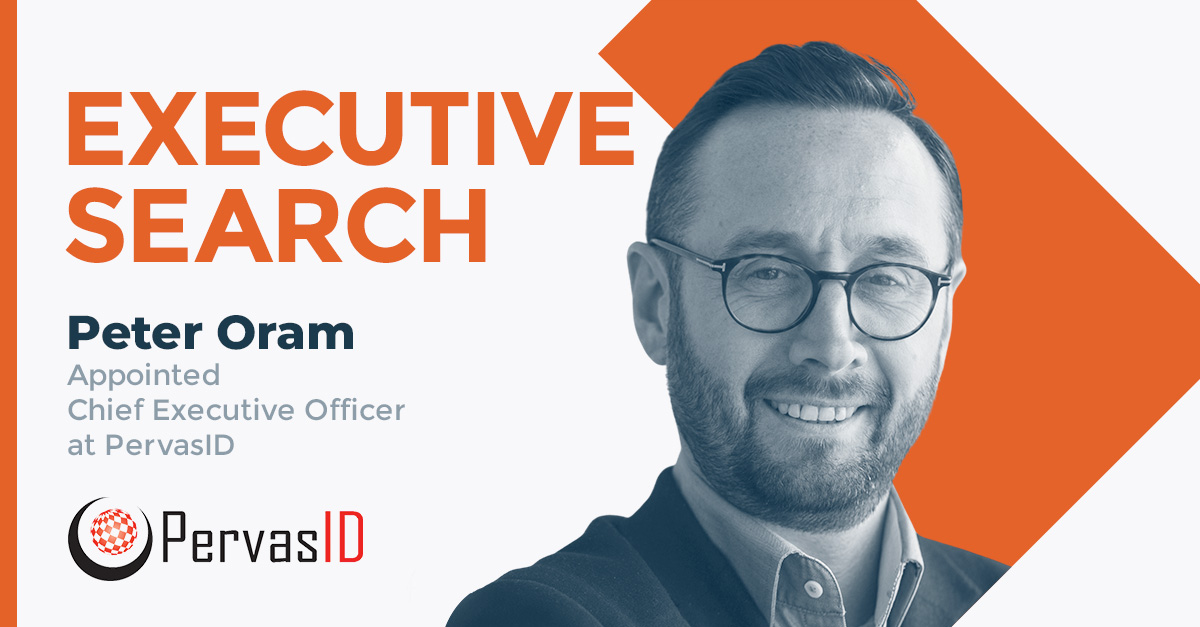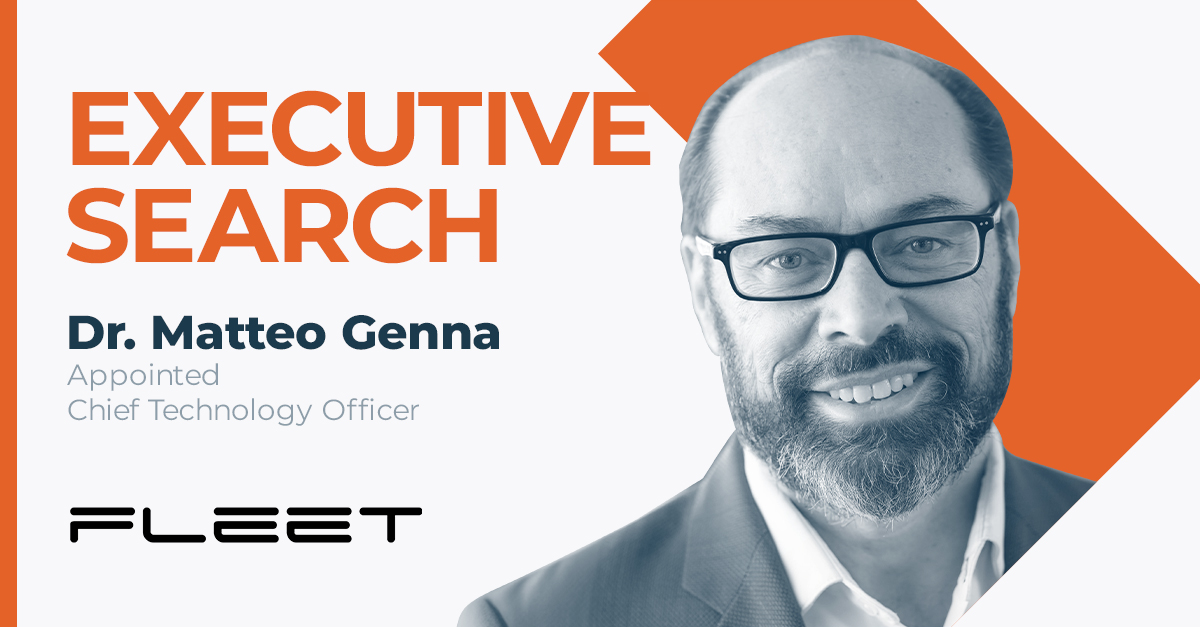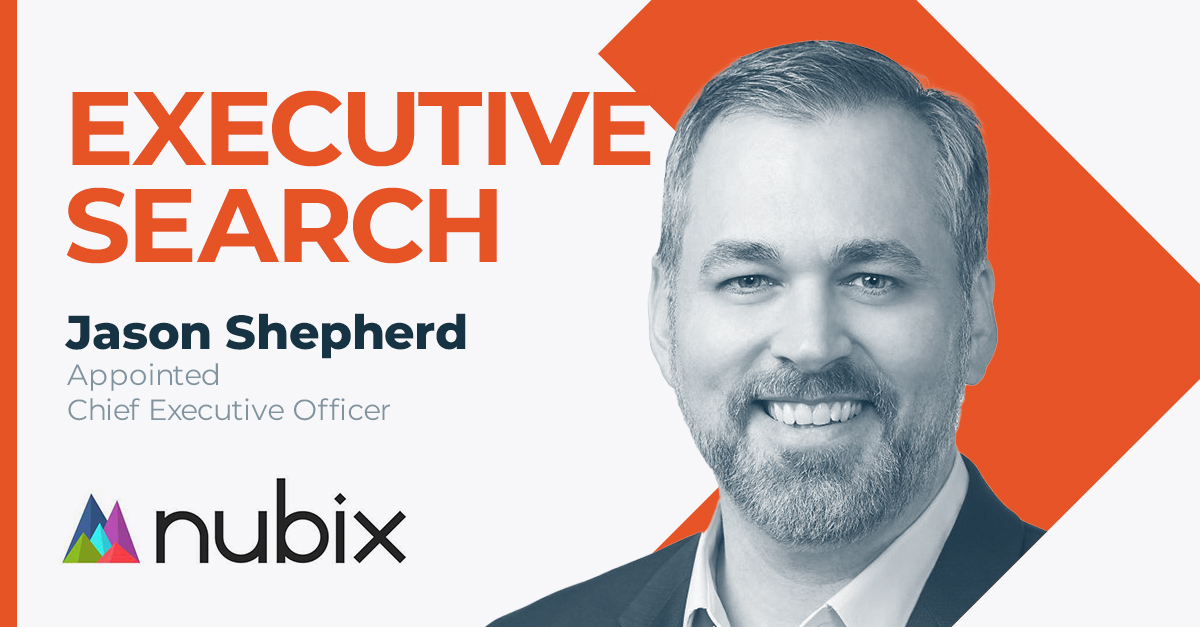Insight Vector: Allen Proithis, President of North America, SIGFOX
Ken Forster

Ten Minutes with Allen Proithis, President, North America - SIGFOX
Our Insightful Moments 10-minute interviews give leading Connected Industry experts a platform to share their thoughts on the Internet of Things (IoT) market; its challenges, opportunities and trends.

This is Jonathan Moulton, Managing Partner of Executive Search at Momenta Partners. Hello and welcome to the first interview in our Insightful Moments series. Today we’re going to be posing five questions of Allen Proithis, President of North America at SIGFOX, regarding his perspective on the IoT market. Momenta Partners led the executive search to place Allen in this position. First a little bit about Allen:
"Thank you Jonathan. I joined SIGFOX seven months ago as the President of North America. We’ve been on a roll around the world, originating in Europe and rolling out Low Power, Wide Area Networks (LPWAN) IoT networks globally. We are now the leading, dedicated IoT communications provider in the world. I joined SIGFOX to do the same in North America, which is of course one of the most robust technological areas in the world."
Who will be the winners and who will be the losers in the IoT?
"There’s two ways to look at it: from the customer side and from the supplier side.
From the customer side, people have been reading about the benefits of IoT for a number of years and we’re now at the point where the technology allows a wider range of companies as well as individuals to participate. It’s matured enough so people can start doing meaningful projects that could fundamentally change their business. We’re seeing users across verticals and geographies, who have been keeping an eye on the IoT and doing some experimentation, marching forward with some real projects.
On the supplier side, the average customer has 10 or 12 moving pieces to put together – across a data level, on a connectivity level, on a device level – in a basic IoT solution. So, some of the big winners are the companies that can really help them do that. I’m talking about the big Systems Integrators – like Accenture, HPe and IBM – along with the likes of Microsoft, who can help them get solutions deployed more quickly and cheaply, and with less risk."
We are seeing the rise of IoT-related titles, going as far as the Chief IoT Officer. Is this a key consideration for many organizations? What do you feel makes a successful IoT leader?
"Ten years ago every company had a Head of Mobile, and then at some point mobile became integrated into every part of the business; the Head of IoT is similar today. That role reflects a maturity level where you hit the tipping point. Companies are no longer questioning whether they should be participating with this new technology, they’re trying to get to an education level where they can participate effectively, just like we saw with mobile. A few years down the road, once IoT becomes more broadly experienced by the average organization, it will become one more thing in the corporate skill set. You will probably see a five to seven-year period with a Head of IoT role.
The suppliers that will be successful are those that don’t just come in and give their customers the alphabet soup of standards or protocols. Yes, you do need to understand what’s going on, on a technology level but, frankly, the companies that will shine are those that don’t get too enamored by the technology, but understand its potential and then translate that alphabet soup into actual projects that deliver real business impact."
One would need to be living in a cave for the last 12-18 months to not have seen the forecasts of the billions of devices connected and trillions in value the IoT will ultimately create. What do you see as the top three challenges around scaling the IoT?
"If you pick your favorite vendor then you’ll get a range of estimates of 25, 50, 75 billion sometimes even 100 billion devices connected by 2020, but last year we ended with a grand total, globally, of maybe 300 million cellular connections, and then many more via other connectivity. So we are trying to jump from 300 million to somewhere between 50 and 100 billion connected devices.
While there is certainly an important place for traditional existing technologies, many of the legacy technologies were made for a different economic model – for people and not for things. With IoT you’re not going to be able to scale doing custom integration one device at a time, or with devices, like your smart phone, that needs charging every day.
You need an economic model – and an integration model – that allows all of these tens of billions of things; all of which have something important to share in terms of the data they can provide, to participate. That’s really what we’re focused on in terms of our value proposition around ultra-low cost, ultra-power efficiency and an almost non-existent user setup experience that just works. You need devices that can run on one battery for 10, 15 or even 20 years, for instance. It’s those kinds of approaches that are necessary to get scale."
What′s been the biggest surprise in the IoT market?
"For me, the biggest surprise was to see that no one technology is totally an island. While about half of what we’re doing is standalone SIGFOX technology – pure LPWAN connectivity – the other half is as a companion with other technologies: 3G or 4G, Wi-Fi or something else. We’re finding each technology has its place. So, whereas SIGFOX may be appropriate 95% of the time, when you ‘re just sending and receiving small bits of data, there will be times when you have to upgrade the firmware or need the fat pipe to be there for a little bit. It’s really the combination of things that are driving incredible efficiency and use cases out there.
With automobile engines you have multiple-pistons where you can turn off different pistons and get fuel efficiency and the same thing with computing power: you have multi-core processors and to conserve battery life on a smart phone you only use the cores you need to perform a certain computing task. We’re starting to see that same concept with connectivity: you only use the bandwidth you need. So, if you can get away with that dirt road for 95% of the time and only turn on the superhighway when you need it, you’ll save a fortune in battery and costs."
What do you predict will be happening in the market over the next 12 months?
"The first thing is the customers who figure out IoT the fastest will see an incredible leap over their competition, because the IoT will allow them to substantially accelerate their business model. The 10 to 20 % of companies really jumping on board – going through the early learning stages and then scaling quickly – will create an incredible competitive advantage.
On the supplier side, it’s going to be a year of consolidation, especially on the data layer. There are a lot of companies out there that have really good ideas and 5 or 10 million dollars in funding, but, because they are just one piece in maybe a dozen that have to be put together for an IoT solution, it’s really hard for them; there’s just so much friction between putting all these pieces together. So, you’re going to see a fair bit of consolidation, especially with 5, 10 and 15 million dollar companies that have had some success. The industry isn’t quite mature enough to consume them without lots of integration and vertical knowledge, so they’ll be consumed by larger companies."
We have certainly begun to see that consolidation happen in 2015, and already in 2016.
That concludes our Insightful Moments interview. It’s been a pleasure to speak with you and I would like to thank you for your time and very insightful perspective on Connected Industry and on the IoT market.




